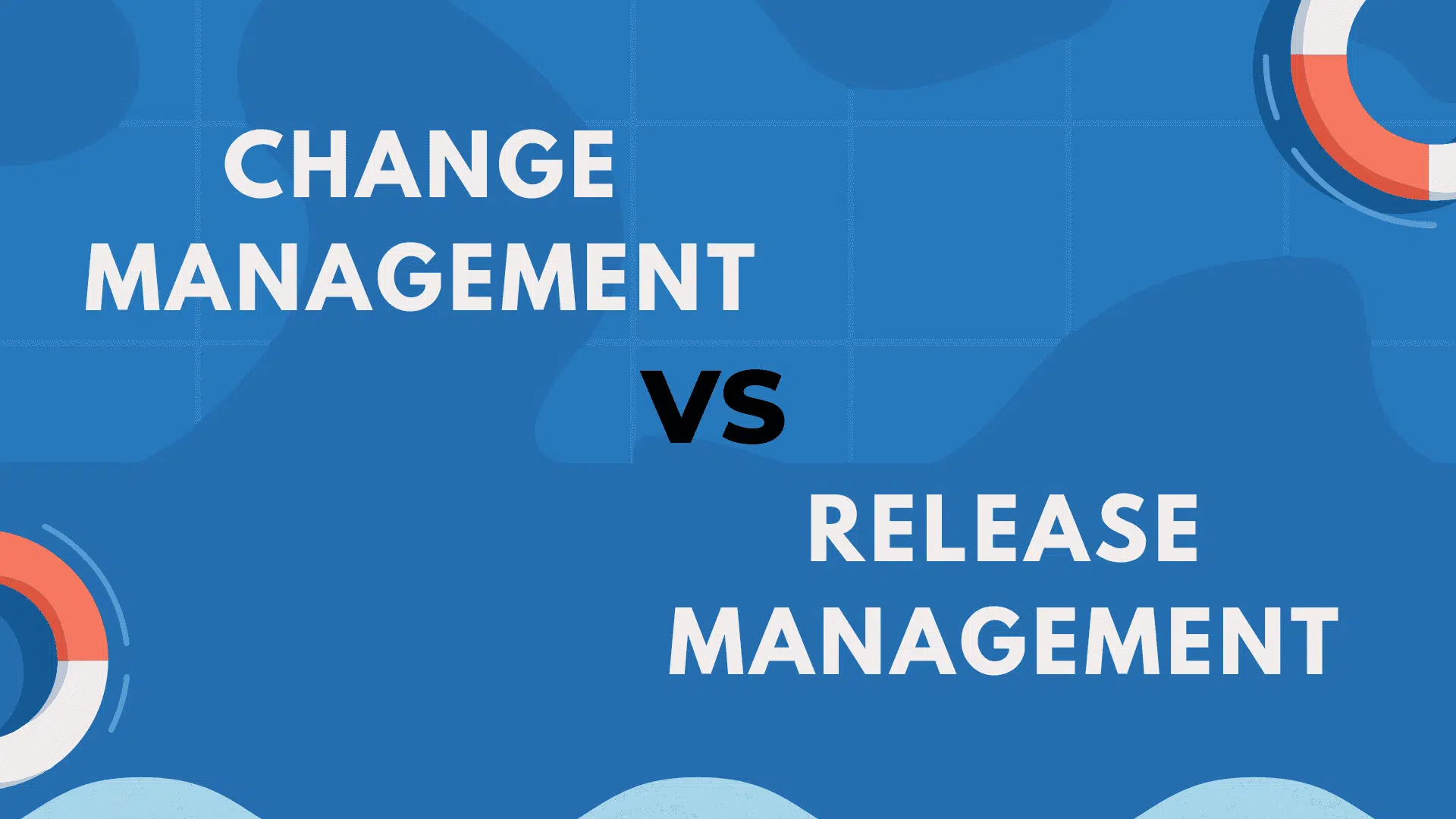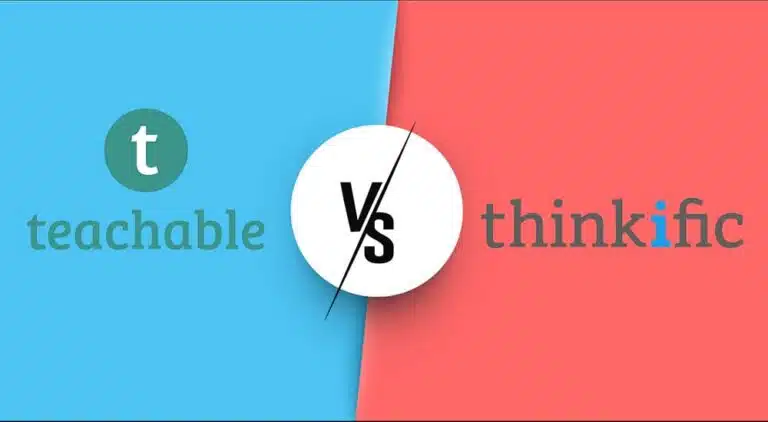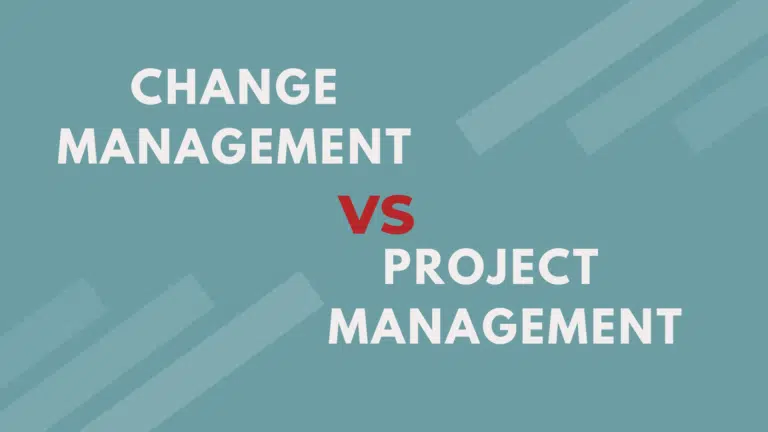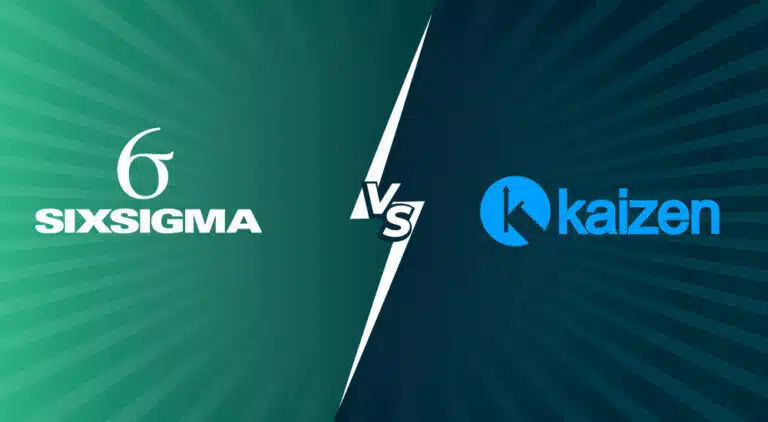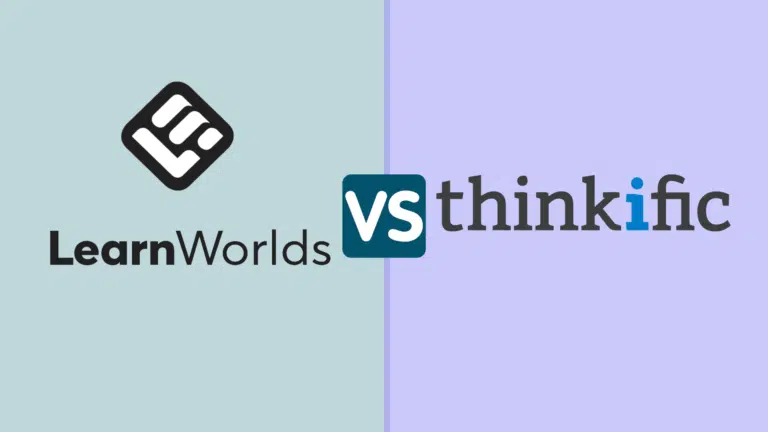Change management and release management are different concepts but interrelated for a business. Change management occurs at a higher and strategic level, while release management occurs at lower and operational levels.
In change management, a change manager assesses the changes and the impact of change and offers a solution for a smooth transition. On the other hand, release management includes planning, designing, developing, testing, and deploying a software product. It is concerned with developing, updating, or patching software and releasing it to the client. It helps a successful software release.
Since this is an important concept, I am writing this blog post to discuss change management vs release management.
Let’s get started.
Change Management
Change management helps businesses implement new changes in the organization.
It helps them update their process, structure, or culture. Organizations develop change management plans at the highest level and implement them through a top-down approach to improve efficiency.
It helps organizations to transition seamlessly by guiding individuals, teams, etc., to new structures, processes, or technologies.
Types of Change Management
The change can be one of the following three types:
- Transitional Change Management: This transition occurs when an organization merges with another business or acquires a new business.
- Developmental Change Management: Developmental change occurs if top leadership wants to optimize their organizational process for better efficiency.
- Transformational Change Management: A change in leadership can cause a change in branding and operations. This is a transformational change in which the business updates its values, goals, and objectives.
Please note that change management has a different purpose in project management. Here, a change is defined as adding, modifying, or removing anything that could affect any project’s objectives—for example, a change in product specification or updating the schedule baseline to adjust the delay.
In change management, project managers manage the changes in project baselines through an approval process known as an “integrated change management system.” Here a change approval board (CAB) reviews and approves the change requests.
ITIL change management defines three project changes:
- Emergency Changes: These are changes used in emergencies.
- Standard Changes: These changes are frequently required.
- Pre-Approved Changes: These changes are pre-approved and don’t require the change management process.
Key Aspects of Change Management
- Change Impact Analysis: This occurs when change managers assess the change’s impact on the business (e.g., individuals, teams, processes, and systems) to identify risks and resistance.
- Stakeholder Engagement: This occurs when change managers identify and engage stakeholders affected by the change. They identify stakeholders’ needs and involve them throughout the change process for a seamless transition.
- Training and Skill Development: This occurs when training and development opportunities are provided to ensure relevant stakeholders have the knowledge and skills to adapt to the change.
- Communication and Awareness: This occurs when change managers develop a communication plan to convey the reasons for the change and its benefits and expected outcomes. They create awareness, address concerns, and reduce the learning curve.
- Monitoring and Evaluation: This occurs when change managers monitor change progress, review feedback, and make adjustments.
Benefits of Change Management
The benefits of change management are as follows:
- Smoother transition at all levels
- Better communication
- Better staff retention
- Improved organizational efficiency
- A better work environment
- Reduced change impact
- A more motivated staff
Release Management
Release management plans help develop and deploy software releases. This also includes developing and implementing software updates that improve software performance and increase security. Release management strategies help the project manager consistently deliver new and updated software for better user experiences.
The goal of release management is to ensure the successful and efficient delivery of software or product releases into the production environment.
Release management helps the release manager ensure that the right software version is released to the right people at the right time and maintains software quality.
Release management is concerned with changes through the pre-production environment. The ultimate goal is to ensure the successful release and deployment of changes into the production IT environment with the least disruption.
In small projects, a project manager can handle the release processes. But larger projects require a release manager and release management team.
Series of changes are grouped together and known as “releases.”
Types of Release Management
Release management can be broadly categorized into two types:
- Continuous Release Management: This release management type is also known as “continuous delivery” or “continuous deployment.” The project manager releases the software or updates frequently and in small increments. This release management is used in Agile development environments and suits projects with rapid changing requirements and frequent updates.
- Scheduled Release Management: This release management follows a predetermined release schedule or timeline. Here, the project manager plan and coordinate the new release in advance with pre-determined dates. This release management is helpful for products requiring extensive testing or regulatory requirements that mandate a controlled release process.
Continuous release management allows faster delivery and flexibility in responding to current market trends and users’ feedback. On the other hand, scheduled release management provides better control and predictability, ensuring that releases are well-tested and stable before reaching users.
Key Aspects of Release Management
The seven key aspects of release management are as follows:
- Planning and Coordination: This occurs when the project manager defines the release’s goals and objectives, identifies the included features or changes, and coordinates with the development team and other stakeholders (e.g., testers, project managers, and customers). Effective planning ensures that the release aligns with the project roadmap.
- Risk Assessment and Mitigation: In this release management aspect, risks are identified, and their impact on the release is assessed. This includes evaluating technical complexity, dependencies, resource constraints, and any disruptions to existing systems or processes.
- Version Control and Configuration Management: Managing different software versions is essential to this release management aspect. Version control systems help track changes, manage code branches, and release the correct version. This includes records of every major and minor release. Configuration management handles all the necessary configurations, settings, and dependencies during release.
- Testing and Quality Assurance: Testing is crucial to release management. In this release management aspect, the project manager performs testing (e.g., functional, regression, performance, and security testing). Quality assurance activities ensure that the release meets the desired quality standards and performs as expected.
- Deployment and Release Automation: This aspect includes packaging the release, creating installation files, and deploying the software. The project manager can use release automation tools and processes to streamline and automate deployment tasks. This reduces the chances of errors and ensures consistency across all deployments.
- Communication and Stakeholder Management: Communication is essential throughout this aspect of the release management process. This includes informing stakeholders of the project’s progress, managing expectations, and addressing concerns or questions. Effective communication builds trust and ensures that all stakeholders are aligned and informed about the release.
- Monitoring and Post-Release Support: Once the release is deployed, monitoring its performance alongside user feedback is important. Using monitoring tools and processes, the project manager can track system behavior, identify issues or anomalies, and gather valuable insights for future improvements. Post-release support addresses user issues, fixes bugs, and ensures a smooth user experience.
Benefits of Release Management
The benefits of release management are as follows:
- Software integrity
- Minimized downtime and service interruptions
- Improved governance and compliance
- Facilitated scalability and flexibility
- Improved software quality and stability (via testing and quality assurance)
- Better customer satisfaction (via timely updates and new features)
- More streamlined and efficient deployment process (via automation and standardized practices)
- Better coordination and collaboration among development teams and stakeholders
- Increased visibility of release progress for more effective planning and resource allocation
Change Management Process
The change management process involves the following steps:
- Change preparations
- Change planning and development
- Change implementation
- Progress review, feedback collection, and results analysis
- Change updates and adjustments based on collected feedback
Release Management Plan
The release management plan involves the following steps:
- Software change requests
- Release requirements planning and development
- Software design and development
- Software functionality testing
- User acceptance testing
- Software deployment
- Feedback collection and problem logging
Change Management Vs Release Management
The following table shows the other key differences between change management and release management:
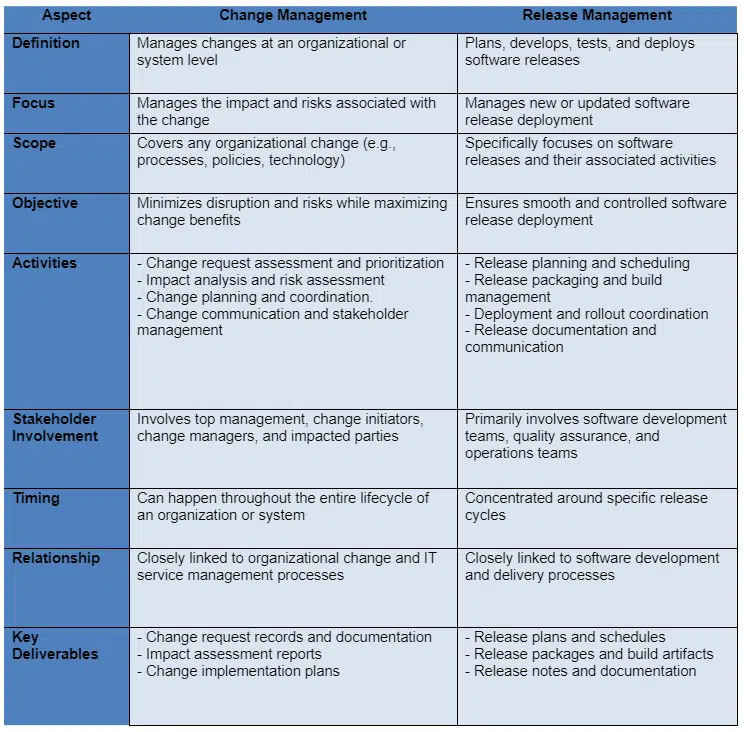
Summary
Businesses use change management and release management processes for smooth organizational transformation and deliver robust software. Both methodologies complement each other and provide best practices to help grow a business together.

I am Mohammad Fahad Usmani, B.E. PMP, PMI-RMP. I have been blogging on project management topics since 2011. To date, thousands of professionals have passed the PMP exam using my resources.

